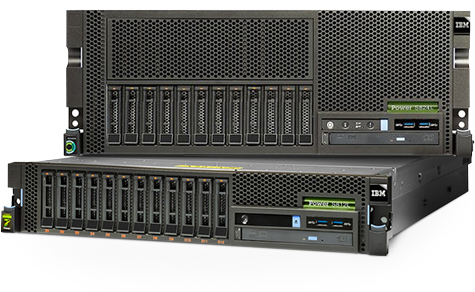Avoiding Common Pitfalls in Cloud Migration
Cloud migration is no longer a question of if but when. Yet for many businesses, the journey can feel less like a smooth flight and more like a turbulent ride. The promise of agility, scalability, and cost savings is real, but so are the pitfalls that can derail progress.
Read More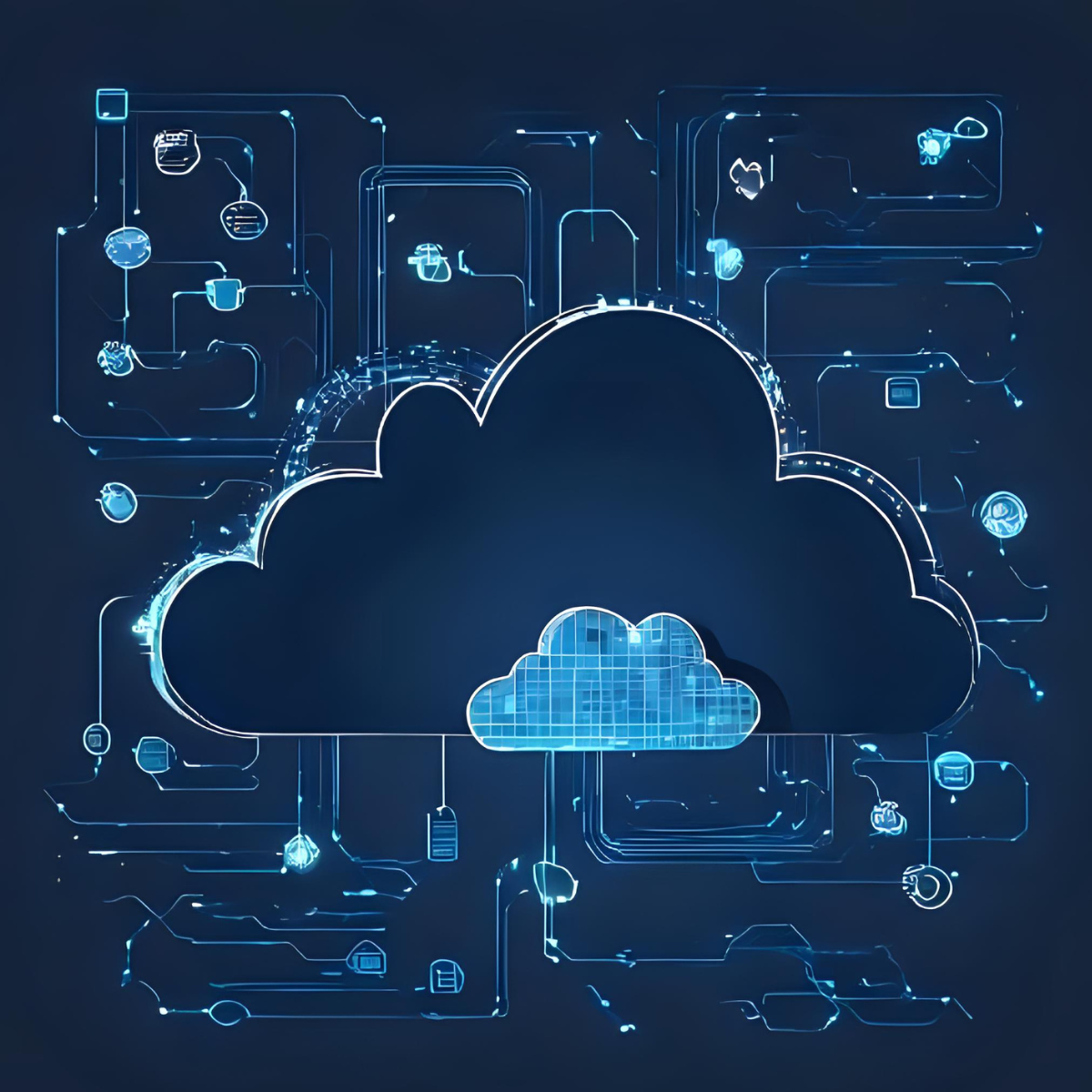
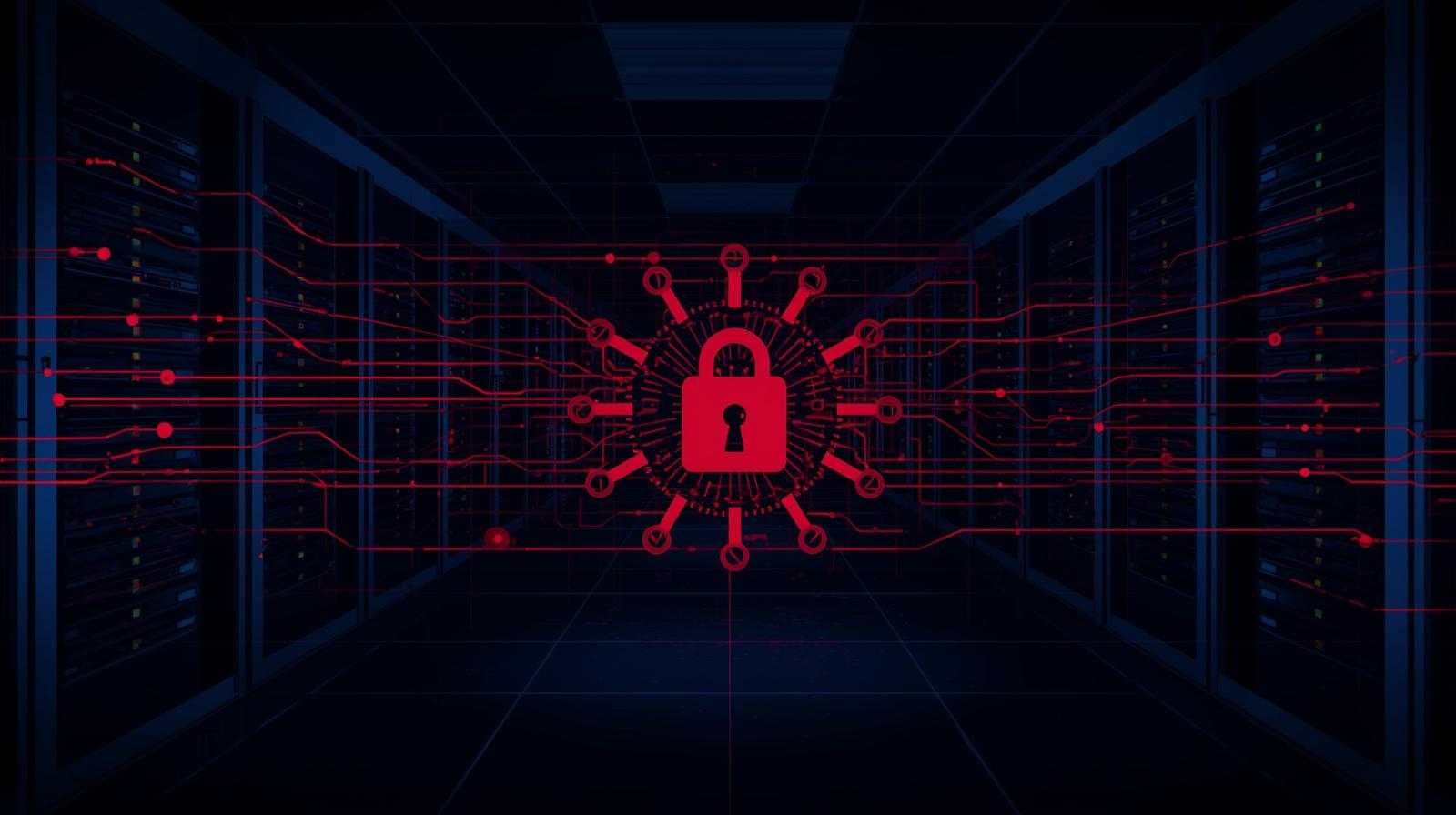
.png)
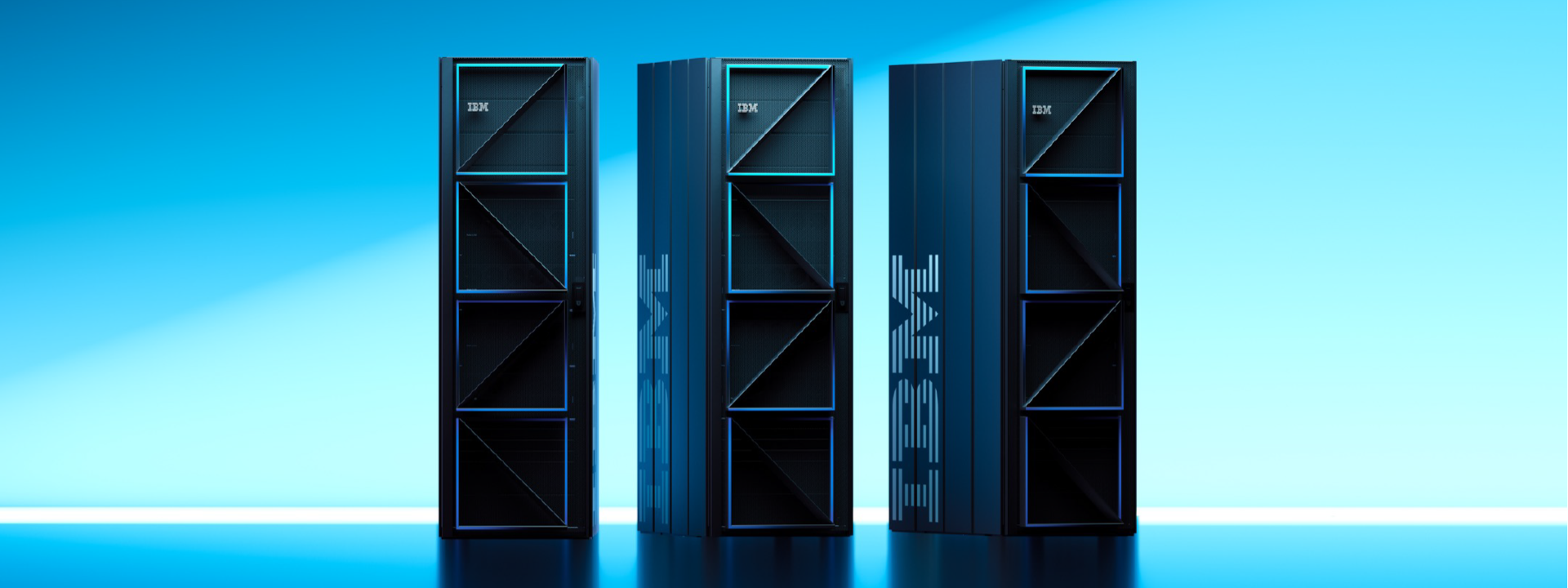
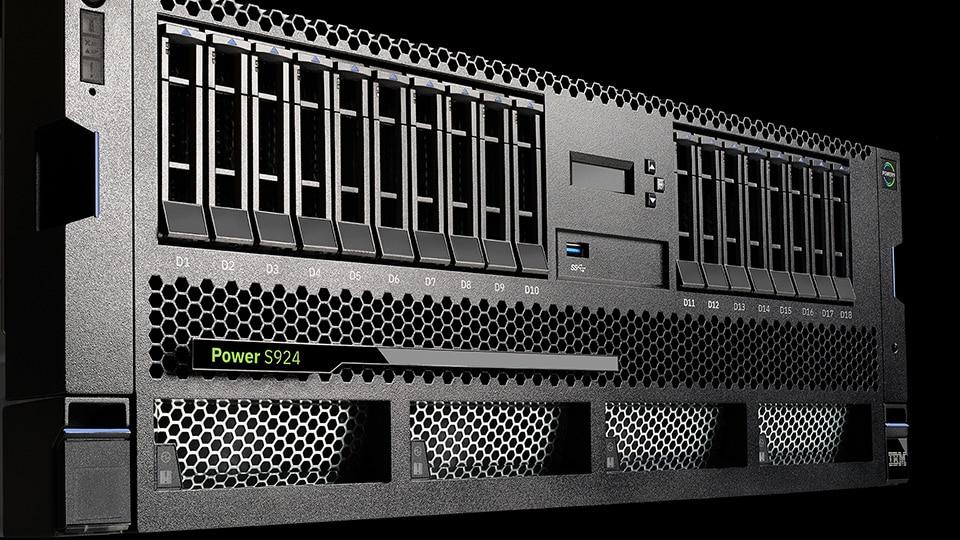
.png)
.png)
.png)

